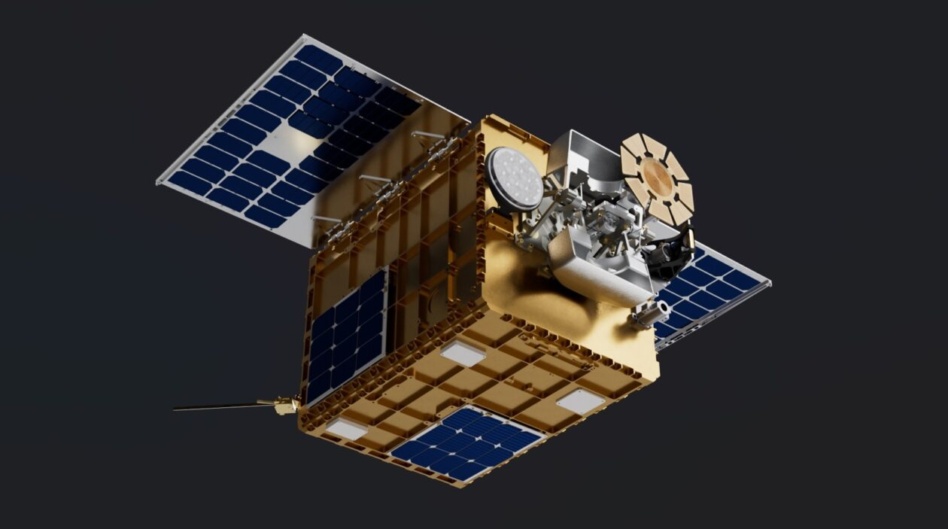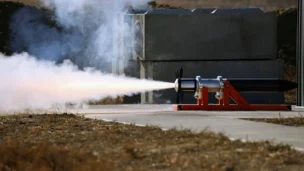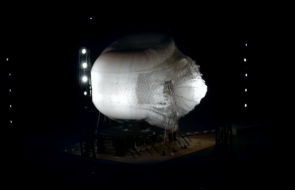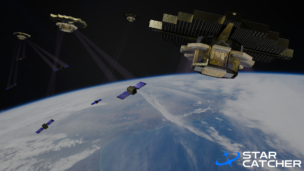Otter Pup is back, baby.
The spacecraft from Starfish Space tumbled through space for about six weeks after an emergency deployment from Launcher’s Orbiter craft in June. Yesterday, the Seattle-based startup announced that the craft is finally stabilized.
“Less than two months after being deployed with rotation rates 100 times greater than normal operating conditions, Otter Pup has been fully stabilized by Starfish,” the company wrote in a statement. “This is a significant achievement not only for Starfish, but also for the field of on-orbit satellite control broadly.”
The Otter Pup story
Otter Pup is the bite-sized precursor mission to a planned fleet of Otter servicing craft. It’s designed to test three Starfish-built (and nautically-named) technologies:
- Nautilus, the electrostatic docking mechanism
- Cephalopod, the guidance control software
- Cetacean, the relative navigation software
Otter Pup was supposed to deploy from the Orbiter craft, which is operated by Vast-owned Launcher, then maintain a safe distance for a while before performing a series of docking maneuvers in orbit.
Slow your roll
An anomaly with Orbiter after deployment from the Transporter-8 mission in June led Launcher to eject Otter Pup in an attempt to salvage the mission. That deployment left the craft tumbling uncontrollably at nearly a full rotation per second.
Detumbling the spacecraft was no easy task. The Starfish team started off sending commands to validate the craft could receive them. Atmospheric drag and electromagnetic influences were slowing the spin, but not enough.
Starfish aligned the craft’s three torque rods to push against the Earth’s magnetic field by building an algorithm that would check on the craft’s spin rate and alignment ~10x per second, which slowed the spin some. In the process, Otter Pup essentially died twice, with its power supply dropping so low that the main flight computer turned off.
- Starfish performed a series of emergency maneuvers in partnership with Astro Digital and ASI to get Otter Pup facing back toward the Sun and back to life.
On July 31, Starfish’s own control algorithm kicked in. By Aug. 3, the craft was officially stable.
What’s next?
Otter Pup may have another chance at life, but the same can’t be said for Launcher’s Orbiter craft, which was originally going to play host to the docking demonstration, which puts the overall mission in jeopardy. The craft also wasn’t designed to spin so fast for so long, and those conditions might have damaged the satellite.
“Many hurdles remain before Otter Pup can attempt its historic docking mission, including the search for a new docking partner and an extensive checkout to validate the health of onboard systems,” Starfish wrote in its statement.




